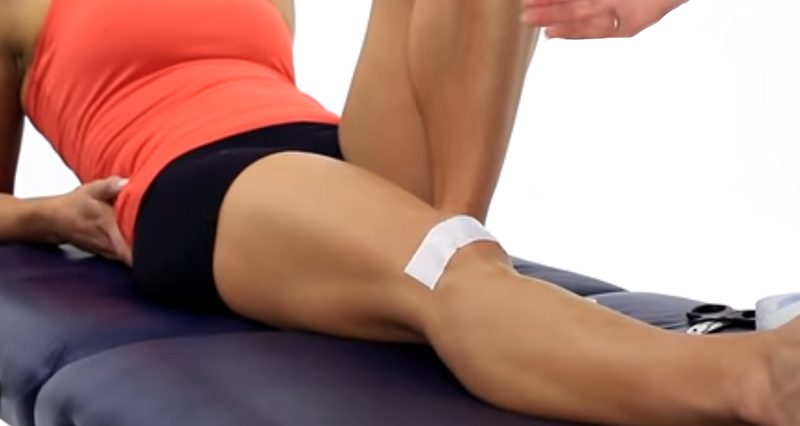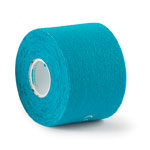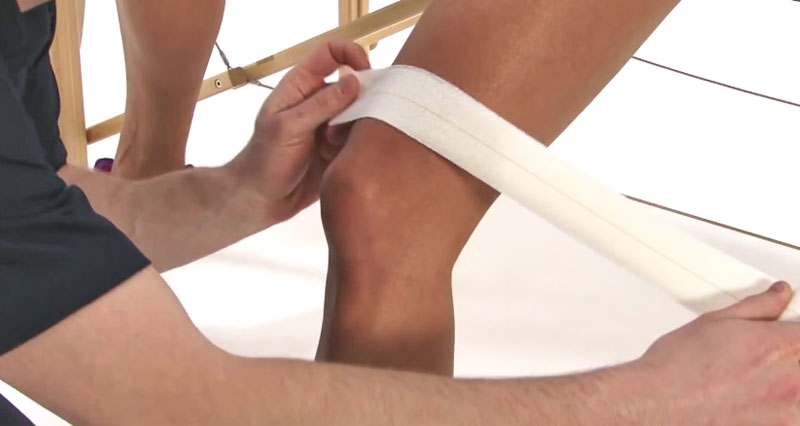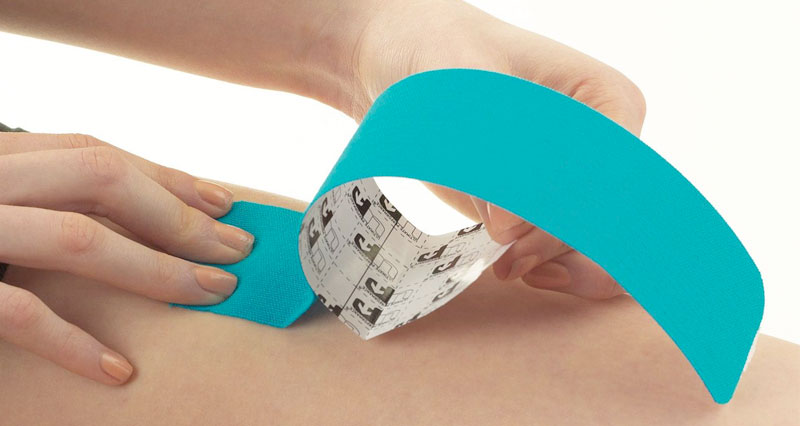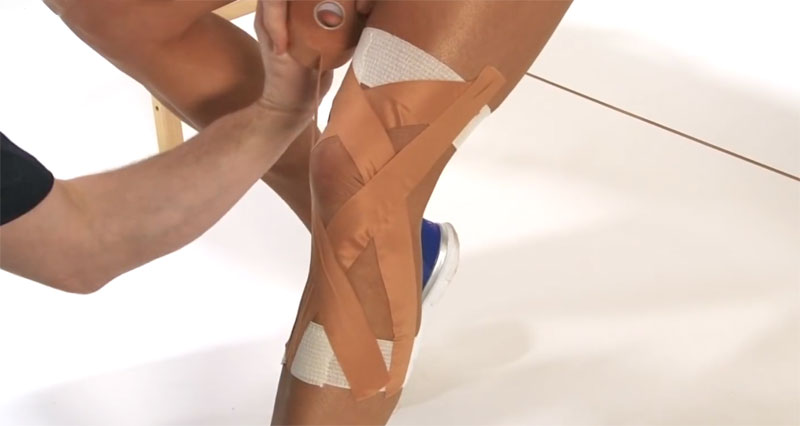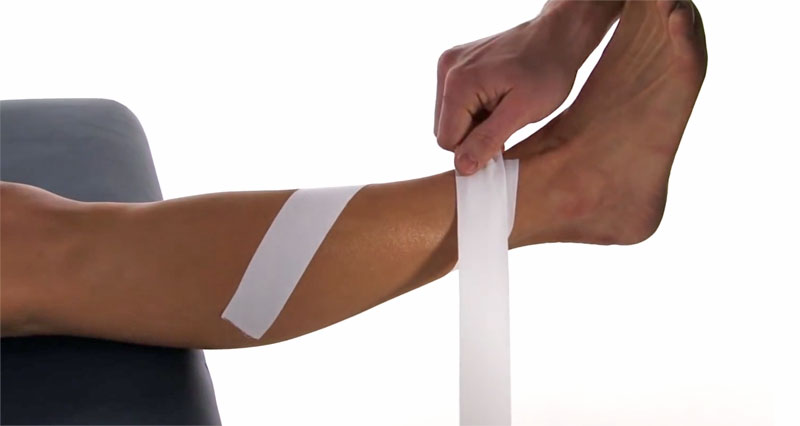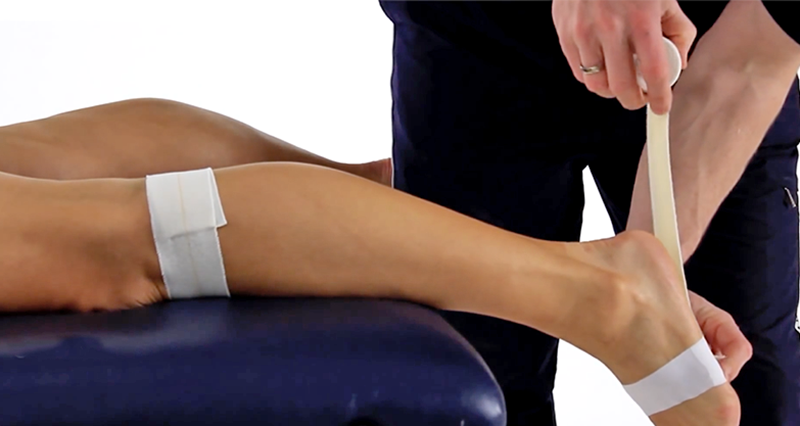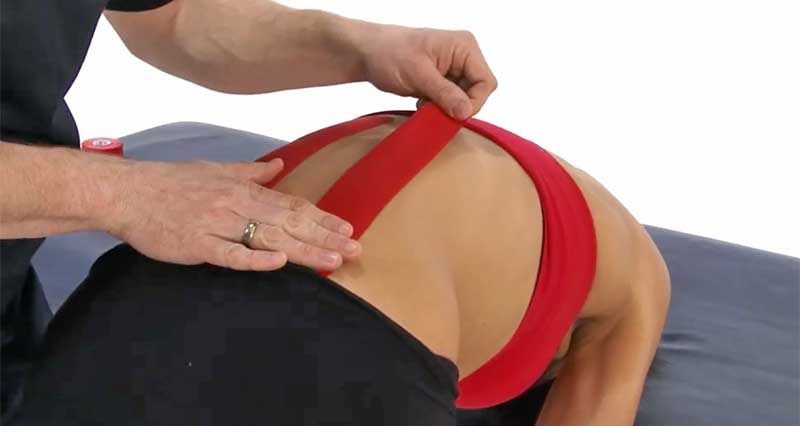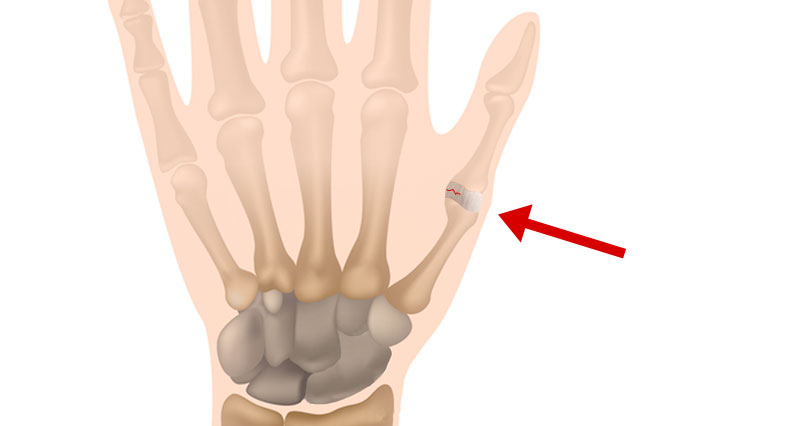Taping for knee pain aids treatment and rehabilitation of sports injuries in a number of ways. In particular, knee taping techniques stabilize and support, help align the patella, reduce swelling, relieve tension, activate muscles and reduce pain. Use the links below for tutorials on how to tape the knee. Here are common ways knee taping helps treat sports injuries.
Knee ligament sprains
Taping is often used to provide external support to the knee joint, especially following knee ligament injuries. When done properly it prevents excessive movement and stress on the structures within the knee. In addition, taping enhances proprioception, which is the body’s awareness of its position in space.
Common knee ligament taping techniques are:
- MCL sprain – medial collateral ligament
- ACL sprain – anterior cruciate ligament
- PCL sprain – posterior cruciate ligament
Patellar Alignment
Taping techniques like McConnell taping specifically target patellar alignment. They work by guiding the patella into a more optimal position. As a result, the patella doesn’t rub on the femur bone underneath in areas that are painful. Correct patella alignment is also important when strengthening the knee joint so the muscles, particularly the vastus medialis oblique develop.
Reduce Swelling
Certain taping methods, especially those using kinesiology tape, aim to lift the skin and create space between the tissues. As a result, this promotes better lymphatic drainage and blood circulation, helping to reduce knee swelling and inflammation.
Reduce tendon strain
Knee taping reduces pain from tendons by applying compression over a specific area. This then changes how forces transmit through the tendon and therefore, avoiding painful areas. For example:
Taping can be applied to create localized pressure or decompression in specific areas. For example, in conditions like patellar tendonitis, taping may help distribute forces more evenly and reduce pressure on the affected tendon.
Muscle activation
Kinesiology taping is believed to stimulate and support muscle function. By providing a gentle pull on the skin, the tape may influence the underlying muscles, potentially improving muscle activation and reducing stress on the joint. This is useful for strengthening the vastus medialis oblique (vmo) which often wastes away following knee injuries.
How effective is taping for knee pain?
The effectiveness of knee taping varies among individuals, and it should always be part of a comprehensive treatment plan. Taping is often combined with other interventions such as exercises, rest, exercises and medications appropriate for the specific knee condition. Before using taping, it’s advisable to consult with a healthcare professional or a physical therapist to ensure proper application and suitability for your individual case.
